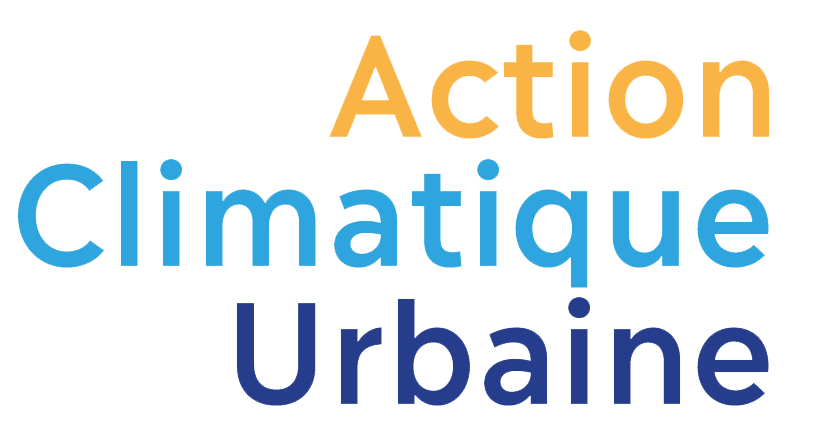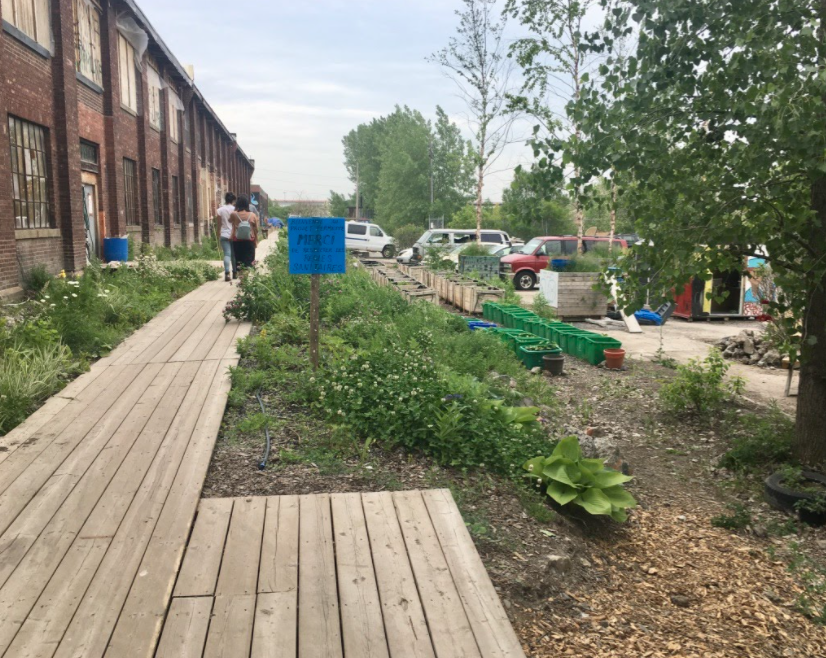This research project, which is part of the Blue-Green Alley Researchers Committee, is a collaboration with the Blue-Green Alley Alliance and is led by Kregg Hetherington (Concordia University). Our involvement focuses on the social, governance and infrastructure perception issues raised by the blue-green alley experiment.

Objectives
- Document the social, governance and infrastructure perception aspects of the deployment of the Blue-Green Alley pilot projects
- Contribute to the reflections on the mutualization of the infrastructures of stormwater management and their appropriation by the citizens and collectives involved
Issue
The Blue-Green Alleys project has been underway for several years and aims to respond to the problem of increasing episodes of intense precipitation in Montreal by encouraging citizen participation, particularly in the choice and maintenance of vegetated landscaping in alleyways, which can help infiltrate water while greening the alleyway. Several researchers are involved in the process, which includes different research areas such as governance and social issues, hydrology, as well as financial profitability issues. Our involvement with K. Hetherington, Rafael Zigler and Kathryn Furlong focuses on the social, governance and infrastructure perception aspects raised by the blue-green alley experimentation, particularly on the challenges related to the fact that such projects disrupt the usual ways of doing things in the City, and rely on the participation of citizens and collectives.
Results
Since 2017, the Blue-Green Alley Alliance has been promoting a model of “blue-green” infrastructure aimed at improving urban space and rainwater management in shared governance involving residents, the City of Montreal and local associations, in Montreal alleyways. This exploratory research aims to better understand citizen involvement in blue-green alley and green alley projects. While citizen involvement is a fundamental component of the governance of blue-green alley projects, the short-, medium- and long-term commitment issues remain to be clarified. We have sought to grasp the issues and modalities of this citizen involvement in three ways.
First, we identify the elements of Montreal’s green alleys that inspire the blue-green alley model, and present their scope and experience on the Montreal territory, based on a literature review. Secondly, we discuss more specifically the blue-green alley model, and particularly the initial aims of citizen involvement in it, as presented by the Blue-Green Alley Alliance and to the research committee, in Alliance documents, interviews and meetings. The challenges of this citizen involvement, as formulated by the players, are also noted. We look in particular at the blue-green alley project in Hochelaga-Maisonneuve, where the question of citizen involvement was often raised as an issue. This brings us to the third part of the report, where we present the results of an exploratory survey on the degree of greening and current citizen involvement in the alleyways of this borough. This survey identifies (1) the physical features of the infrastructures that are supposed to be managed in a participatory way, making it possible to identify the challenges and constraints of citizen involvement; (2) the motivations that lead citizens to get involved, the tools available to them, and the obstacles they encounter; and (3) the perceptions of the citizens and professionals we met on the monitoring and support mechanisms put in place to sustain these projects and their participation.
In this exploratory study of citizen involvement in blue-green alleyways, we specifically targeted the Turquoise alleyway (chosen for one of the blue-green alleyway pilot projects), and a neighboring green alleyway where residents are highly mobilized to resolve recurring problems of stormwater accumulation in their alleyway. This methodological choice of two alleyways enabled us to compare one alleyway, chosen according to the Alliance model and actors, with another alleyway where citizen mobilization is more spontaneous and aimed at responding to an experienced problem. Note that this type of problem does not appear to be isolated in the borough, and will be exacerbated by heavier rainfall and climate change. So, in our view, the question of citizen ownership arises, not only in terms of incentives to encourage citizen mobilization to commit to an externally-designed blue-green alley model, but also in terms of the support and needs of citizens mobilized to respond to problems in their local environment.
Read the report (in French):
L’implication citoyenne dans les ruelles bleues-vertes : ambitions, défis et enjeux de l’engagement au quotidien

